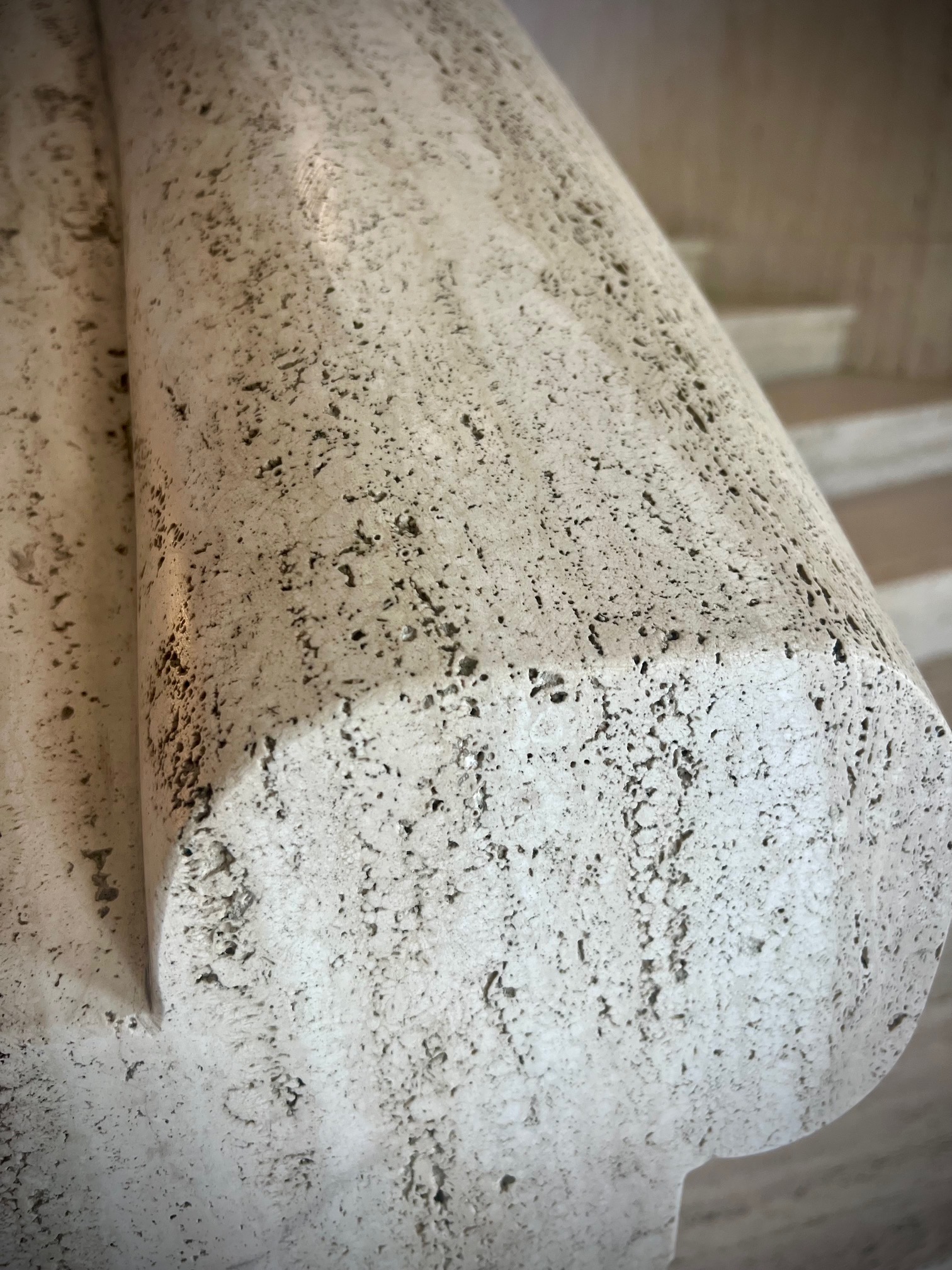Building a better library
In 1964, Principal Richard W. Day appointed Academy Librarian Rodney Armstrong to chair a small faculty committee. Its charge: Develop a program statement for a new library, develop plans for a separate building, and recommend an architect to the Trustees. Meeting into 1965, the committee conferred with numerous architects before recommending Louis I. Kahn, FAIA, as the architect, whom they admired “for his sympathetic use of brick and his concern for natural light.” Their recommendation was accepted in November 1965.
The final design document, entitled “Proposals for the Library at Phillips Exeter Academy,” also had the subtitle of “Program of Requirements for the New Library Recommended by the Library Committee of the Faculty.” Published in its final version in June 1966, the document is unusual in its approach, breadth, and conclusions.
Working both with Kahn and with Engelhardt, Engelhardt and Leggett, educational consultants from Purdy Station, New York, the committee covered every aspect of the building, from philosophy to practical details, with great emphasis on the atmosphere desired both within and without the building. In addition to outlining functional requirements for the library, the committee specified site and exterior design, design details, staff facilities, spatial relationships, and items such as air conditioning, lighting, electrical and mechanical equipment, and security, fire, and water protection. Some excerpts best capture the flavor of the document:
Embracing the committee’s specification on the use of traditional Exeter brick, stone, and slate, Kahn also incorporated extensive use of natural wood (primarily teak and white oak), travertine, and concrete, producing a building that is warm, impressive and highly functional.

 Brick from Exeter
Brick from Exeter Travertine Marble from Carrera, Italy
Travertine Marble from Carrera, Italy Library ceiling
Library ceiling Teak
Teak
